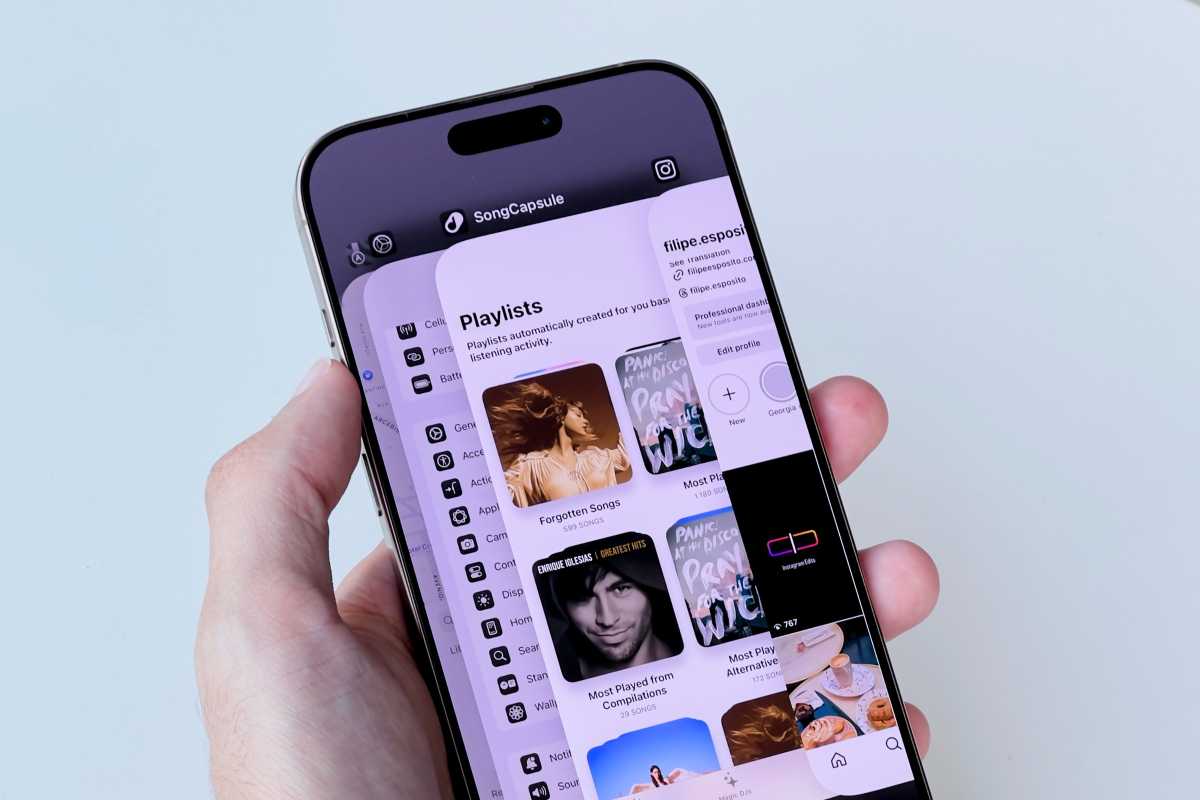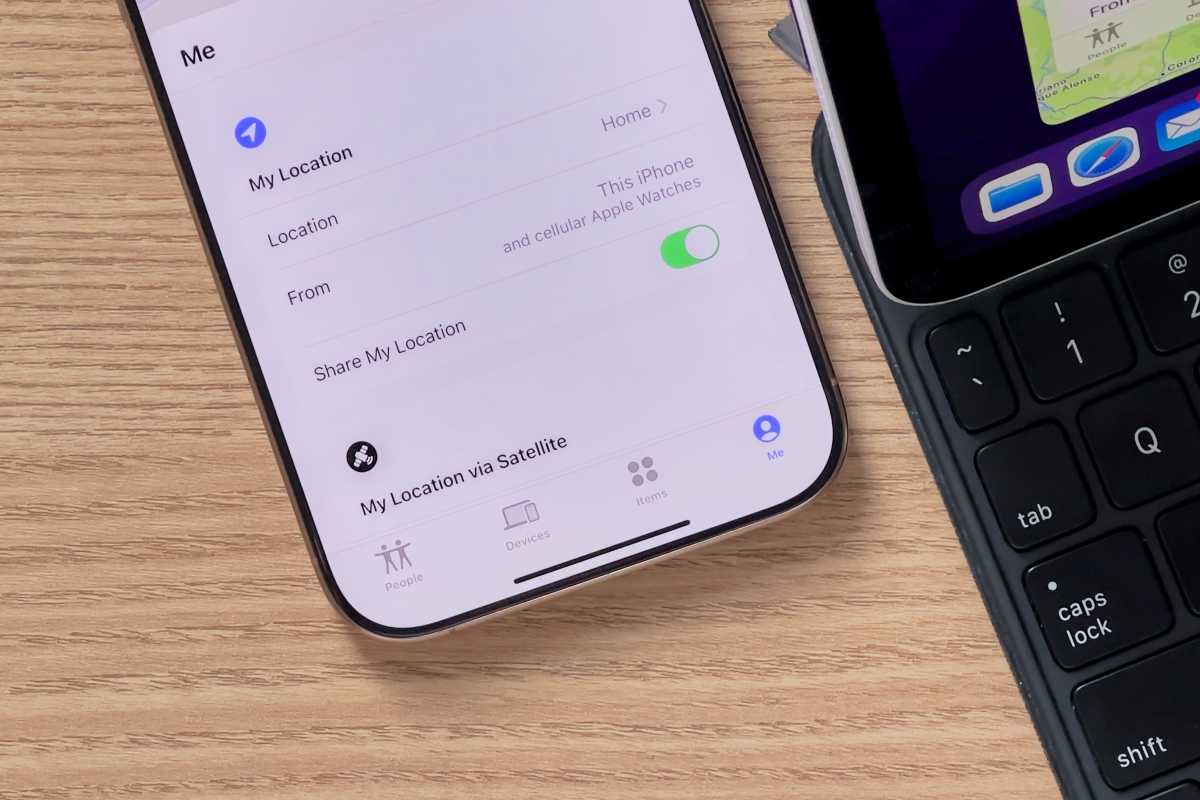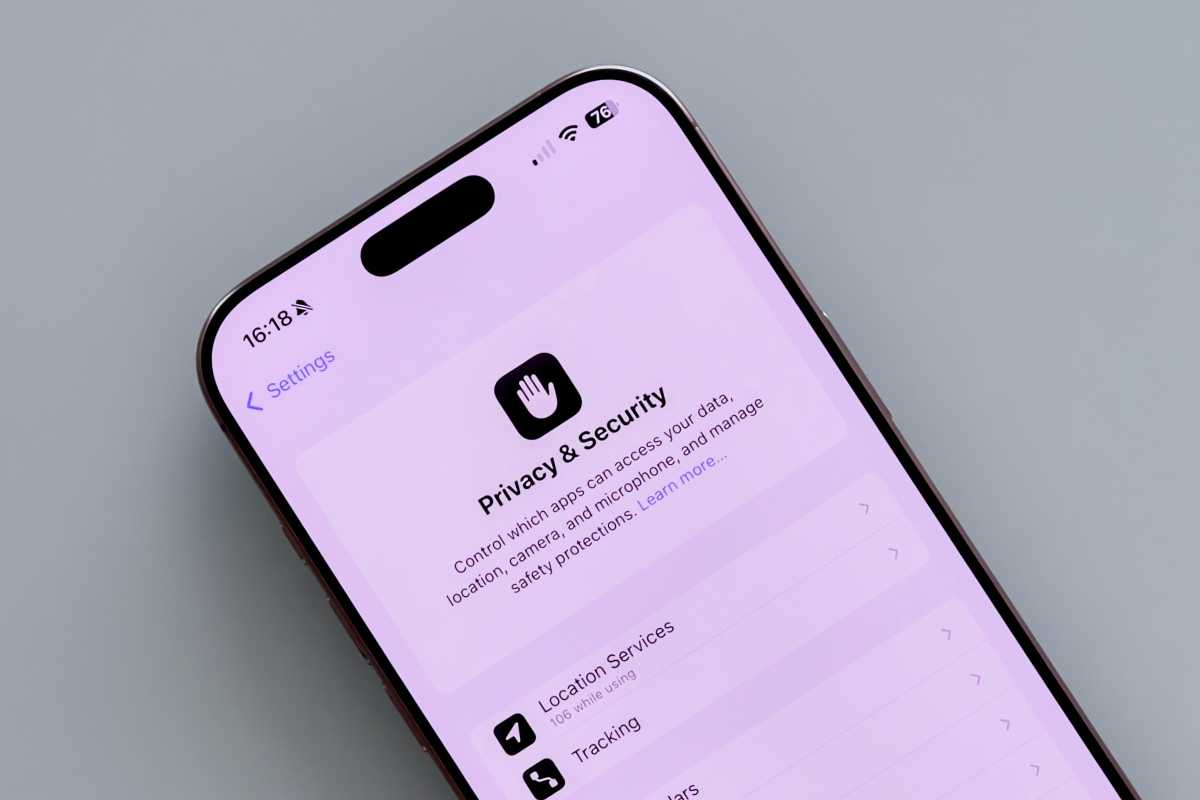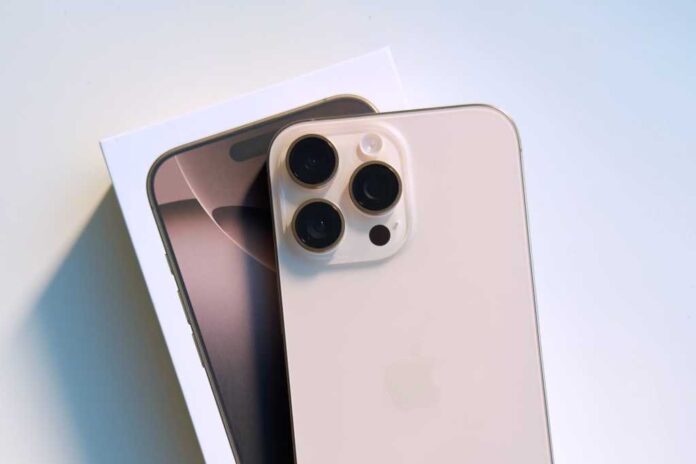Shopping for a brand new iPhone is at all times thrilling, particularly when it’s your first. If you happen to’re coming from one other smartphone, there are some cool methods you need to study to get essentially the most out of your iPhone, however you also needs to concentrate on some frequent errors amongst first-time iPhone customers so that you don’t repeat them.
So earlier than you head over to the App Retailer to check out some cool apps and video games, learn this record and study what to not do along with your new iPhone.
Mistake 1: Manually closing apps too typically
Whereas Android has a multitasking system that may maintain apps operating within the background, which may have an effect on battery life and efficiency, iOS manages multitasking in a different way. With a purpose to save extra battery and likewise unlock {hardware} assets for different duties, iOS limits what apps can run within the background. Which means whenever you swap away to a different app, the iPhone saves the state of the earlier app and freezes it till you turn again to it.
In different phrases, apps within the background have a really low battery consumption, so that you don’t have to manually shut them. Except an app isn’t working correctly and must be restarted, you may depart your multitasking carousel full of apps. The truth is, closing and reopening apps on a regular basis can find yourself draining extra battery, as iOS has to reload your complete app every time it opens.

These app screens is likely to be tempting to swipe away, however don’t do it.
Foundry
Mistake 2: Not establishing iCloud correctly
If you happen to’re a first-time iPhone person, you might not be aware of the advantages of utilizing iCloud. Anybody can use iCloud free of charge, however it’s extra than simply an Apple electronic mail handle. Apple’s cloud service helps you to not solely retailer information, but additionally synchronize knowledge between different gadgets, again up your information, and far more.
For instance, you may allow iCloud Images to again up your complete picture library, in order that your pictures and movies taken along with your iPhone are routinely uploaded to the cloud. You may as well sign up to iCloud on one other Apple machine and even on a Home windows PC to entry your iCloud knowledge. To examine which iCloud options you may have enabled in your telephone, go to the Settings app and faucet in your title on the prime of the display. That can take you to the iCloud menu, the place you may handle all of your settings.
Most significantly, iCloud will routinely again up all the info in your iPhone every single day. Simply ensure that iCloud Backup is enabled within the iCloud settings. If one thing occurs to your telephone, you received’t have to fret about dropping something—your whole contacts, messages, pictures, and apps can be saved in iCloud and you may restore to the precise state it was, Safari tabs and all.
It’s price noting that Apple solely offers 5GB of iCloud storage free of charge, which might not be sufficient for most individuals. You possibly can pay for further iCloud storage individually.
Mistake 3: Not utilizing Discover My
Apple’s Discover My app is one in every of its greatest options, letting you monitor Apple gadgets or something connected to an AirTag in case you allow them behind, even once they’re offline. Greater than that, you can even lock down a misplaced or stolen machine so nobody can use it.
It’s easy to arrange—all you want is your Apple ID. To allow Discover My in your iPhone, go to the Settings app, faucet on the Apple Account part (on the prime of the display along with your title), and search for the Discover My menu. Be sure to allow Discover My iPhone, Discover My Community, and Ship Final Location.
One other nice function of the app is the Discover My Mates function, which helps you to share your location with family and friends who personal an Apple machine (and vice versa) so you may maintain monitor of one another’s whereabouts. It’s a useful function for folks of school-aged teenagers, and in true Apple vogue, it’s so simple as switching off a toggle if you happen to change your thoughts about sharing your location.

Discover My is a incredible approach to maintain monitor of your stuff—however many new iPhone customers don’t understand it’s there.
Foundry
Mistake 4: Skipping software program updates
Though some customers could also be too busy, cautious or simply lazy about putting in software program updates, this can be very essential to maintain your iPhone’s software program updated. New variations of iOS typically include bug fixes and safety patches. For instance, iOS 18.4.1, launched earlier this month, fixes an exploit that would result in malicious code being executed with out the person figuring out.
Some iOS updates additionally convey new options to your iPhone. With iOS 18.4, Apple has expanded Apple Intelligence options to extra languages and added new emojis. And relying on whenever you purchase your iPhone, there could also be an essential one ready to be put in proper out of the field. They’re all essential and shouldn’t be skipped.
To verify your iPhone is operating the newest model of iOS, go to Settings > Normal > Software program Replace. Putting in an iOS replace can take a number of minutes or for much longer, relying in your web connection, so we advocate doing it in a single day so that they don’t sluggish you down.
Mistake 5: Ignoring Privateness and Location settings
If youre shopping for your first new iPhone, there’s a great likelihood one of many principal explanation why you switched is due to Apple’s stance on privateness. However simply since you’re utilizing an iPhone doesn’t imply it’s as locked down because it coiuld be. Nevertheless, Apple places a number of effort into its privateness permissions options so long as the place to search for them.
For that, go to Settings > Privateness & Safety, and also you’ll discover a slew of choices. As an illustration, you may select whether or not an app has entry to issues just like the digital camera, microphone, and your location. You possibly can disable monitoring for particular person apps or every little thing you do. And you can even activate Stolen Gadget Protetion and LockDown Mode, which presents excessive safety towards cyberattacks.
A few suggestions. You must activate “Whereas Utilizing the App” for Location Entry so an app can’t monitor your whereabouts whenever you’re not utilizing it. We additionally wish to restrict the entry apps should our contacts and pictures. However an important Privateness setting is Precision Location. That is an possibility for particular apps so that they have entry to pinpoint your particular location. It would take some time to get by means of all of them, however it’s greatest to show this off for any app that doesn’t clearly want it. (You are able to do that by tapping on an app within the Location Companies tab and turning off the Exact Location toggle.)

iPhones have larger privateness protections than different telephones, however provided that you utilize them correctly.
Foundry
Mistake 6: Setting a weak password
All the newest iPhones have Face ID, which makes use of sensors to determine you person and routinely unlock the telephone. It’s extremely safe—much more than a fingerprint sensor—however there are nonetheless occasions whenever you’ll want a passcode—like when Face ID fails to acknowledge you in a darkish room or whenever you restart your telephone. A passcode like “1111” or “9876” is likely to be straightforward to recollect, however it might trigger main complications down the road.
For instance, if you happen to lose your iPhone, somebody may have the ability to guess your passcode if it’s straightforward sufficient. Or somebody might watch you enter your password and snatch your telephone. As soon as they get in, they will attempt to change your Apple ID password and achieve entry to your private accounts, and make an actual mess of your life. That’s why it’s essential to set a robust passcode that may’t be simply guessed.
We advocate altering to a password with at the very least six digits or, even higher, an alphanumeric password.


